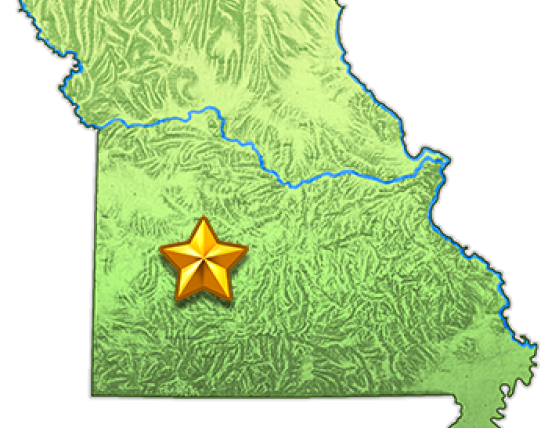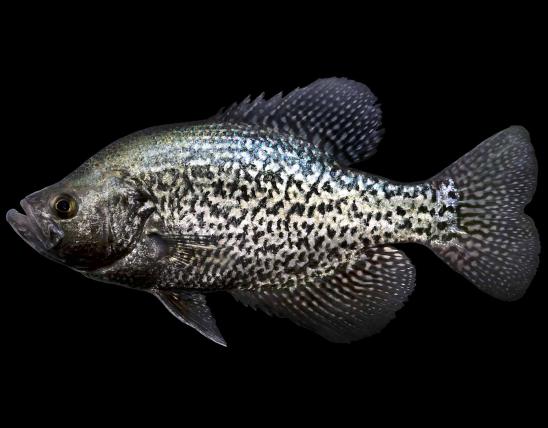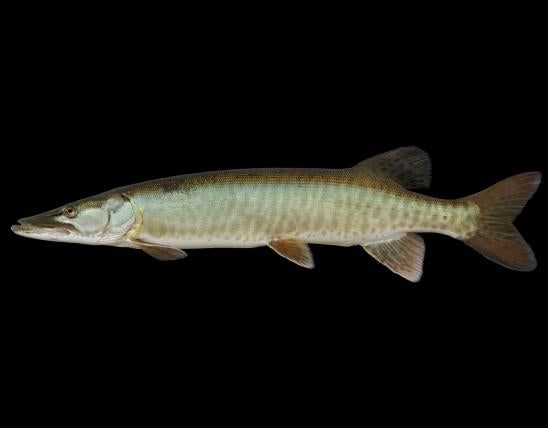Annual Prospects Report
Overall fishing on Pomme de Terre Lake should be very good. Steady or high lake levels during the spring season over the last several years has allowed for excellent spawning conditions for nearly all species. Black bass fishing should continue to be very good. There is a 13-inch minimum length limit for all black bass (largemouth, spotted and smallmouth bass) at Pomme de Terre Lake. Results from recent spring fish surveys indicate a high-density bass population currently exists. Many of the largemouth bass captured during spring surveys were between 13 inches and 18 inches in length. More than 50 percent of the largemouth bass population is greater than the 13-inch minimum length limit, and about 20 percent greater than 15 inches. Crappie fishing should be excellent again this year. Overall densities of black crappie and white crappie continue to be very high in fall samples. Over the past couple of years crappie have been extremely successful at spawning and an outstanding number of young crappie continue to be recruited to the population. This has resulted in an extremely high number of crappie that are now greater than 9 inches (the minimum length limit) and should continue to provide excellent crappie fishing for the next 2-3 years. About 70 percent of the crappie population is greater than 9 inches. Bluegill angling should remain fair to good using nightcrawlers and crickets.
Catfish fishing will remain fair to good for channel catfish and flathead catfish with nightcrawlers and cut shad being the choice baits. Angling for white bass should continue to be good, the population appears to be relatively abundant and healthy. Muskie fishing could be improving in 2024. Spring sampling in 2023 resulted in slightly higher catch rates for muskie than the past few years. A good number of muskie are available ranging from 32 inches to 38 inches. Muskie are dubbed the fish of 10,000 casts due to the amount of time required to catch one. Anglers fishing for muskie must have a lot of patience and perseverance to be successful. Muskie fishing is typically best during the months of June, September and October at water temperatures between 60 degrees F and 70 degrees F. The most recent data from Pomme de Terre Lake shows it takes a muskie angler about 30 hours of fishing to catch a muskie of any size and about 90 hours to catch a muskie greater than 36 inches. Muskie anglers should use heavy fishing tackle with a minimum of 30-pound test line, a stiff rod and a 6-inch steel leader between the line and the lure. Large bucktails or plugs fished over shallow water humps or points are normally best for muskies. A cloudy, rainy, and slightly windy day or early and late on clear days usually produce the best muskie action.
Walleye population densities are good due to past stockings. Many of the walleye exceed the 15-inch minimum length limit, and the opportunity to catch a legal-sized fish is good. Recent sampling indicates good numbers of Walleye between 18 inches and 22 inches in length. Forty-five constructed brush piles distributed lakewide are marked with green "Fish Attractor" signs. Brush piles are typically placed in 10-30 feet of water at the normal lake level of 839 feet above mean sea level directly in front of the signs. Many other brush piles are not marked with signs.

























